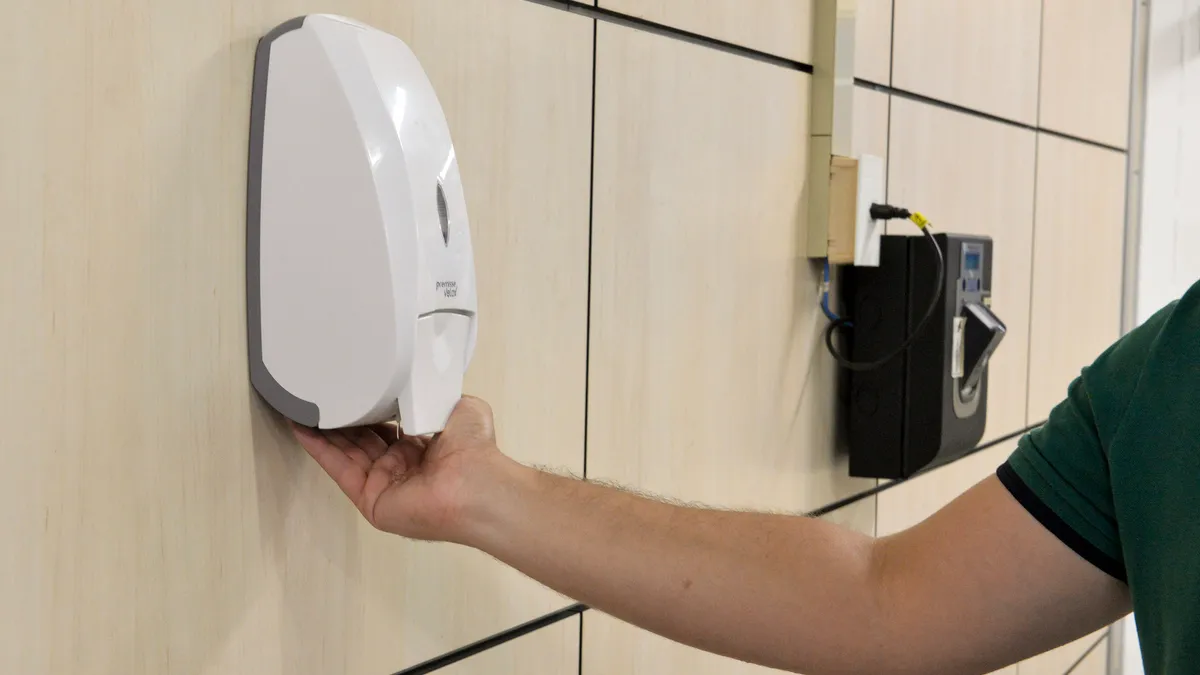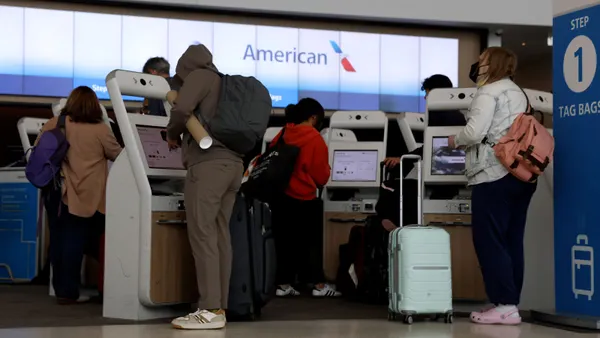In the early days of the pandemic, CIO preparation was put to the test.
It was up to CIOs to guarantee the organization's digital backbone could support a pivot to remote work. In the face of sweeping stay-at-home orders, work would otherwise come to a halt.
On a dime, CIOs led the push to sustain productivity, relying on cloud-based systems to let employees connect and collaborate from home, said Chris Bedi, CIO at software company ServiceNow, speaking on a webinar Thursday.
But the era of reactionary decisions is over. As lockdown orders begin to ease, CIOs are tasked with guiding their organizations as they design a gradual return to the office.
In partnership with other C-suite members, CIOs will play a crucial role in:
- Building or deploying products that ensure office safety
- Sustaining the digital platforms that enable work
- Guiding the organization as it relies more heavily on technology to collaborate and engage employees
While businesses such as Facebook and Shopify have declared they've made remote work a permanent option for some, other companies such as Microsoft gave employees the choice of working from home through October.
The challenges that will fall on CIOs will vary in shape and scope across parts of the business. The IT organization can expect to support heads of talent for virtual onboarding or employee engagement. CFOs might need help modeling cash flow forecasts, while supply chain officers grapple with logistics and routes to market.
"But there's one thing in common, which is, it's all powered by tech," said Bedi. "The CIO is interacting with every different C-suite member to figure out how to navigate the next normal."
Offices of the future
No matter how crucial technology's role becomes in the future of the office, it's up to employees to embrace new protocols and make proper use of the platforms.
Keeping employees at the center of the return is essential to the success of the strategy, said Pat Wadors, chief talent officer at ServiceNow, while speaking during the webinar.
"Engage your employees, survey them, figure out how they're feeling during this time; and then modify your approach where appropriate," Wadors said. "They know what they're living through better than you do."
In the last couple of months, ServiceNow onboarded 1,000 employees with the help of an internal onboarding app plus additional capabilities put in place to aid new hires as they navigate the transition.
"There are new processes in the workplace that, in order for them to scale, and corporations not to be bogged down in a ton of manual work, we have to automate," Bedi said.
As a response, ServiceNow launched a series of apps this week to gauge employee sentiment around a return to the office, as well as health and workplace safety management. Other vendors, such as Appian and Salesforce, put out platforms to manage the phased return to office life.
Where tech can come in
In the next stage of work life, pacing is critical.
As the work experience evolves, CIOs can set priorities by focusing on the specific needs of their industry or different types of workers, Bedi said. Tools and processes that enable collaboration, engagement and productivity should come first.
For Kevin Jones, CIO at the Indiana Department of Child Services, the shift to remote work was all about sustainability. The executive's company helps process $700 million a year in child support payments, plus a team of 4,000 family caseworkers who investigate claims of child abuse or neglect.
"We're really focused on how to leverage technology to fully integrate our continuity of business, and maintain standards that we're required to" due to the nature of the department's work, said Jones, speaking at MuleSoft's CONNECT conference Wednesday.
The next phase of work will rely more heavily on tech tools than before. The department had been preparing to implement new, digital ways to connect with its constituents, but as the pandemic disrupted everything, "we had to speed up our progress," Jones said.
Planning has already begun for how to implement technology to increase the safety of physical facilities.
"We're thinking about ways of using technology, the internet of things, thermal scanners and other other means of protecting our employees when they go back to the office," said Michael Matthews, SVP and CIO at financial services company Deluxe Corporation, speaking at MuleSoft's CONNECT conference. "But we're certainly not going to rush back to the office."















